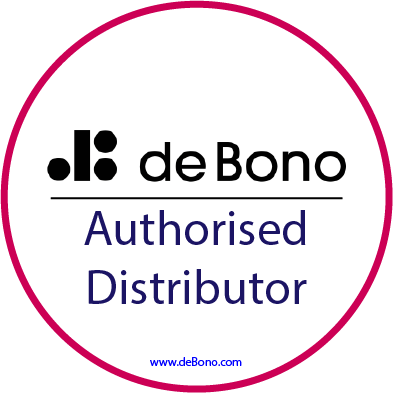 Madison Abernethy recently graduated from the Ivey Business School at Western University in Canada, where she developed strong interests in marketing, media and corporate communications. Throughout University she was plagued by writer’s block. She admits that 95% of her designated writing time was spent staring at a blank document, the ceiling, or any other distraction she could find.
Madison Abernethy recently graduated from the Ivey Business School at Western University in Canada, where she developed strong interests in marketing, media and corporate communications. Throughout University she was plagued by writer’s block. She admits that 95% of her designated writing time was spent staring at a blank document, the ceiling, or any other distraction she could find.
Madison is now Global Communications Coordinator at McLuhan & Davies Communications, Inc (MDC) in Toronto. As a part of their induction process, she attended Writing Dynamics™, the world-renowned two-day workshop that focuses on writing clearly, concisely, persuasively, and fast.
“The workshop’s pledge to faster writing excited me. In university, I could spend days writing a single page. I began writing papers weeks before they were due – fueled not by fervour, but by distress.”
Who has time for the frills of brainstorming?
We all know that writing is not always an easy, fun, or entirely productive process. Writer’s block can be crippling as it eats away at productivity and morale. We’ve all got ideas to share, but they often stay in the back of our minds.
One thing that really gave Madison that ‘eureka moment’ was when the group were asked how much of their total writing time was spent planning what to write. She answered with 5%. At the time, her idea of sufficient planning was to scribble down main themes and arguments and to just get on with it. She had been advised on the importance of brainstorming and planning in university, having never fully digested the guidance.
Others’ answers varied, with 0% to about 20% representing the majority. One of the attendees responded: “about 50%.” This resulted in shock from the rest of the group…
The group was even more surprised when the trainer smiled with delight at her response. “Nicely done!” she exclaimed. “That’s just about right.”
Learning from professional writers
Writing Dynamics™ is a workshop developed by professional writers to teach participants to better plan, draft, and edit their writing. As Madison learnt, the bulk of work should take place in the planning stages. It is in this part of the process where crucial points surface, main arguments are formed, and a piece of writing is shaped.
Madison says, “Writing is where you get your ducks in a row. Planning is where the ducks are born.”
Madison adds, “Writing can be a strenuous practice. Taking the time to brainstorm and plan effectively has led me to a breakthrough in my own writing, as it can with all graduates.”
“I now take the time to sit down and hash out my thoughts before picking up the pen, no matter how rushed or eager I feel! Finding I have much more productive writing sessions and I am clearer, more concise, and more persuasive – in less time.”
Madison’s top tips for making every word count!
- Structure your ideas – Writing Dynamics™ teaches a great system to organise your thoughts and ideas visually – encouraging you to draw out the main ideas and arguments – with the header as the centre and all sub-points sprawling from it. It’s a method of brainstorming that gets your ideas flowing, recording them on paper in a structured way that makes sense visually. “Every initial thought is valid and can be honed down later through editing – so there are no bad ideas. This system has helped me stay on track, on target and on time. It has also cut down my planning time immensely.”
- Consider your audience – Who are you writing to? Your choice of language and the angle you take is dependent on this. You will write differently in a letter to your CEO than in a mass advertisement.
- Focus on the ideal outcome – Are you writing a report? A budget proposal? Creating a sales piece? Think about the language and structure you need to use; what your writing needs to accomplish; and what you need to include and emphasise to ensure your reader understands, remembers and is not overloaded.
- Keep it simple – Will your audience understand what you are trying to say? We often see pieces that are too overly technical, or filled with jargon, with the actual message getting lost. “Don’t try to use fancy words, unless you are writing a strictly technical document or an artistic piece. The point of writing is to convey a message, not to sound like you’ve swallowed a dictionary.”
More information:
Writing Dynamics™ is available as a public workshop or in-house course. It’s suitable for anyone that needs to write business documents. Find out more…



